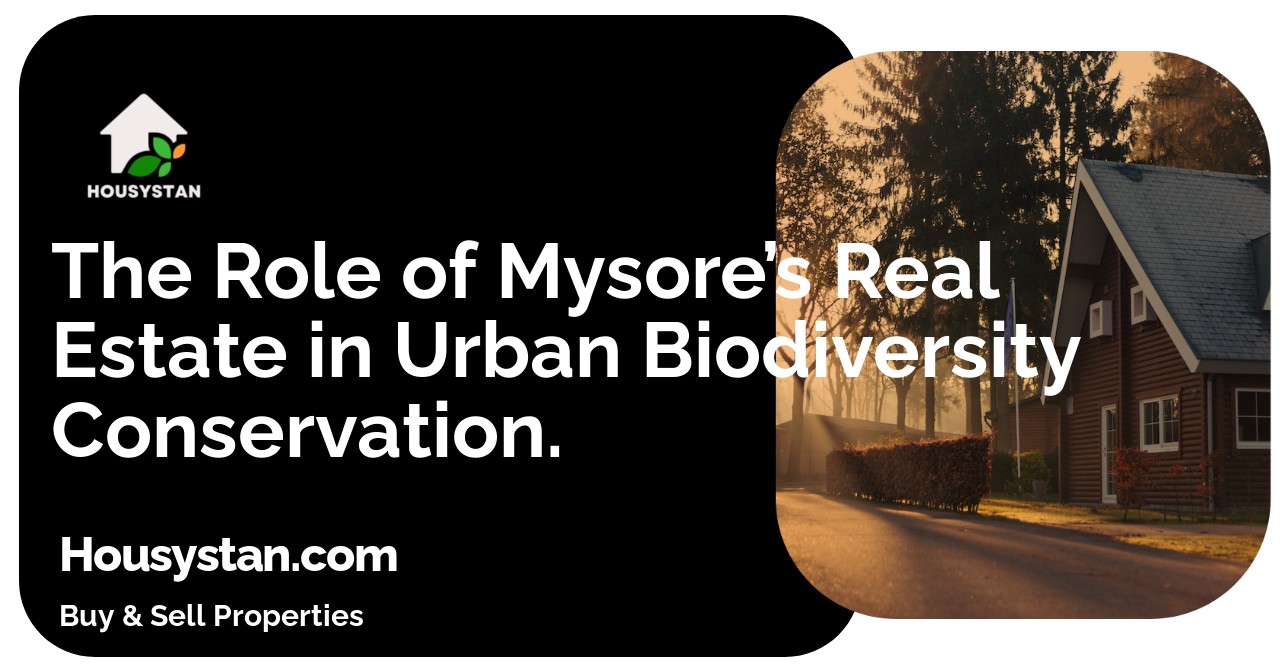The Role of Mysore’s Real Estate in Urban Biodiversity Conservation
Read latest blogs and articles from Housystan

The Information mentioned here was last updated on:
11/12/2025The Role of Mysore’s Real Estate in Urban Biodiversity Conservation
Mysore, a city renowned for its rich heritage and scenic landscapes, is experiencing rapid urban development. As the demand for residential and commercial spaces rises, the importance of integrating biodiversity conservation within Mysore’s real estate sector has never been more significant. Modern developments in this vibrant Karnataka city are increasingly focusing on sustainability, making a positive impact on both the environment and the quality of urban life.
Developers in Mysore are adopting innovative approaches to safeguard local flora and fauna. By incorporating green rooftops, vertical gardens, and eco-friendly landscaping, new projects contribute to the preservation of native species. These green initiatives help reduce urban heat, improve air quality, and create pockets of natural habitats amidst urban sprawl. Moreover, the inclusion of water bodies and indigenous vegetation within gated communities encourages the return of birds, butterflies, and other wildlife, strengthening the city’s ecological balance.
- Verified Tenants/Buyers
- Unlimited Property Listing
- Zero subscription/charges fee
Involving local communities in biodiversity conservation is another key aspect of Mysore’s real estate evolution. Residents are encouraged to participate in tree-planting drives, organic gardening, and sustainable waste management practices. These collective efforts foster a sense of responsibility and connection with the environment, making green living a core value in Mysore’s neighborhoods.
Real estate stakeholders are also partnering with environmental organizations and urban planners to ensure that new developments adhere to eco-friendly standards. This collaboration leads to the creation of parks, open spaces, and pedestrian-friendly zones that not only enhance urban aesthetics but also support local ecosystems. As a result, Mysore stands out as a model for sustainable urban growth in South India.
Mysore’s real estate market is setting benchmarks in balancing urbanization with nature conservation. By prioritizing biodiversity and sustainability, the city is paving the way for healthier communities and resilient urban ecosystems. Prospective buyers, investors, and residents looking for eco-conscious living will find Mysore’s real estate offerings uniquely attractive, promising both environmental benefits and a vibrant lifestyle.